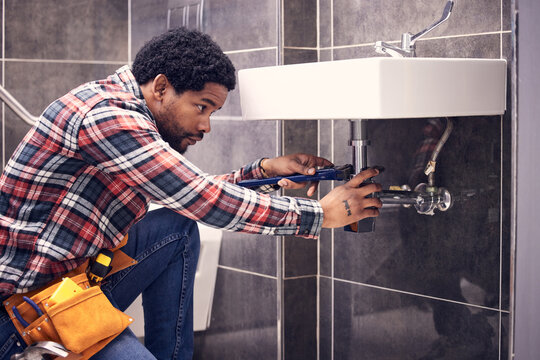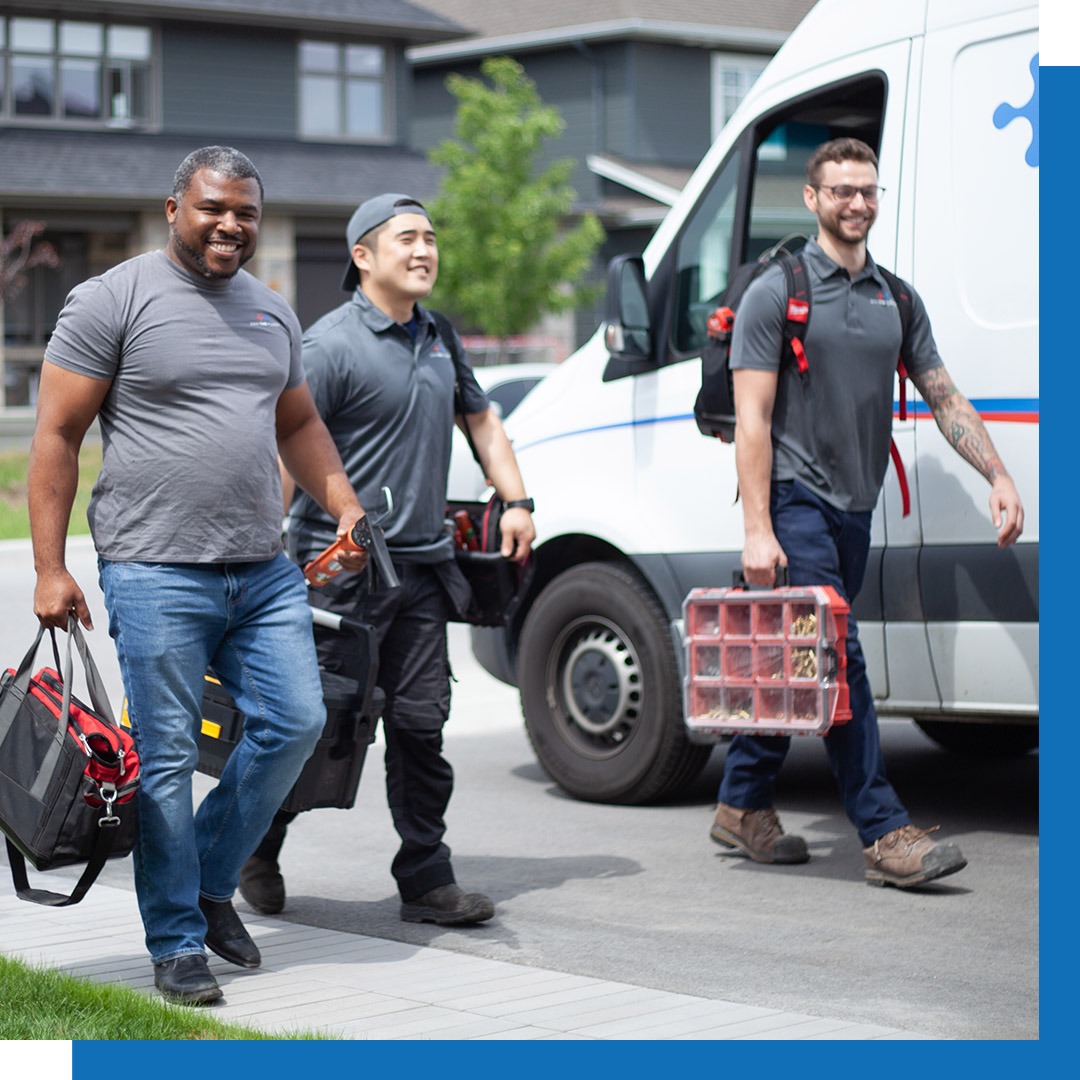Specialist Drain Cleaning Alabaster AL to Maintain Your Pipes Flowing
Specialist Drain Cleaning Alabaster AL to Maintain Your Pipes Flowing
Blog Article
A Detailed Overview to Reliable Hot Water Heater Installation for Optimum Performance
Beginning on the task of setting up a water heating system is a venture that requires accuracy and an organized method for achieving optimum efficiency. As you continue, the complexities of attaching water supply lines and setting up dependable electric or gas connections wait for, promising understandings right into making sure effectiveness and dependability.
Selecting the Right Water Heater

Following, take into consideration the size and capability of the hot water heater. It's important to analyze your household's warm water requirements, which can differ based on the number of owners and their use patterns. An unit that's too tiny might bring about inadequate warm water, while a large design might cause unneeded power consumption.
Performance scores also play an essential function in choice. Seek hot water heater with high Power Element (EF) scores, suggesting premium efficiency and decreased energy use. Tankless versions, though usually much more pricey upfront, offer substantial energy savings in time due to their on-demand heating capacities.
Preparing the Setup Area
Before installing a brand-new water heating system, thorough preparation of the setup area is essential. It's vital to gauge the area carefully to suit the water heater's dimensions, making sure appropriate clearance around the system for efficient procedure and servicing.
Check the floor for stability, as the water heater will certainly need a solid, degree surface to run effectively. If necessary, mount a drip frying pan beneath the system to catch potential leakages or spills, preventing water damages to the surrounding area.
In addition, ensure that all essential tools and products are on hand before beginning the installment. This consists of things such as wrenches, screwdrivers, a degree, and any kind of additional hardware needed for securing the heating system and installing. A well-prepared setup area establishes the structure for a successful water heating unit setup, enhancing efficiency and safety and security.
Connecting Water Supply Lines
When connecting water lines to your freshly mounted water heating system, it is crucial to make certain that all connections are secure and leak-free to keep efficient procedure and avoid water damages. Begin by determining the cool and hot supply of water lines. The cool water inlet is usually marked with a blue label or a "C", while the hot water electrical outlet is marked with a red tag or an "H".
Usage versatile hot water heater connectors to assist in an easier installation procedure. These adapters can take in resonance and permit for mild motion, reducing the risk of leakages. Before affixing the adapters, place a plumbing's tape around the threaded ends of the water heater's inlet and outlet pipes - Water Heater installation Alabaster AL. This tape serves as a sealer, preventing leaks. Carefully attach the versatile hose pipes to the particular inlet and electrical outlet, making sure that they are tight yet not over-tightened, which might harm the threads.
As soon as connections remain in area, gradually activate the primary water valve. Inspect each link for leakages by visually checking and feeling for moisture. Tighten connections as needed, and ensure the read the article pressure alleviation valve is appropriately set up, safeguarding against extreme stress accumulation.
Establishing Electric or Gas Links
Properly establishing up the electric or gas links for your water heater is an important action to make sure risk-free and effective operation. For electric water heating systems, start by verifying that the electrical circuit is suitable with the heating system's voltage and amperage needs.
For gas water heating units, security is vital. Attach the gas line to the water heating system using an adaptable gas port, ensuring it is properly threaded and secured with pipeline joint compound or Teflon tape appropriate for gas connections.
As soon as links are made, examine for any potential leaks. For gas lines, use a soapy water option to the joints; bubbles indicate a leak. For electrical connections, verify that all wiring is safe and correctly insulated, maintaining conformity with local electric codes.
Adjusting and examining for Effectiveness
With the electric and gas links firmly in place, the following action is assessing the functional effectiveness of your hot water heater. Begin by very carefully transforming on the supply of water and ensuring there are no leaks at any of the valves or joints. When confirmed, continue to fill the tank, paying focus to the stress and temperature level settings. It is suggested to establish the thermostat to an advised temperature level of around 120 ° F(49 ° C) to balance energy efficiency and comfort.
Following, do a complete assessment to guarantee the heating components or gas heaters are working properly. For electric heating systems, utilize a multimeter to confirm if the elements are attracting the suitable current. In gas models, observe the burner flame; it needs to be blue and steady, indicating reliable combustion.
Readjust the setups as necessary to remove ineffectiveness. Consider applying insulation steps, such as adding a hot water heater covering, to even more improve efficiency by reducing warmth loss. Furthermore, examine the anode rod's problem, as a shabby pole can reduce effectiveness and lead to storage tank deterioration.
Conclusion
Effective water heating unit installment is critical for ensuring optimal performance and energy savings. Securely connecting try this site water supply lines and thoroughly setting up electrical or gas connections minimize possible problems.

Correctly setting up the electric or gas links for your water heating unit is a crucial step to ensure safe and reliable operation. For electrical water heating systems, begin by verifying that the electrical circuit is compatible with the heater's voltage browse around this web-site and amperage requirements. Connect the gas line to the water heating unit utilizing a flexible gas adapter, guaranteeing it is correctly threaded and secured with pipe joint compound or Teflon tape appropriate for gas connections.
Report this page